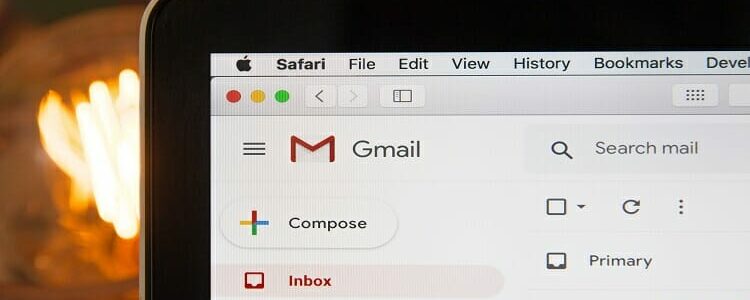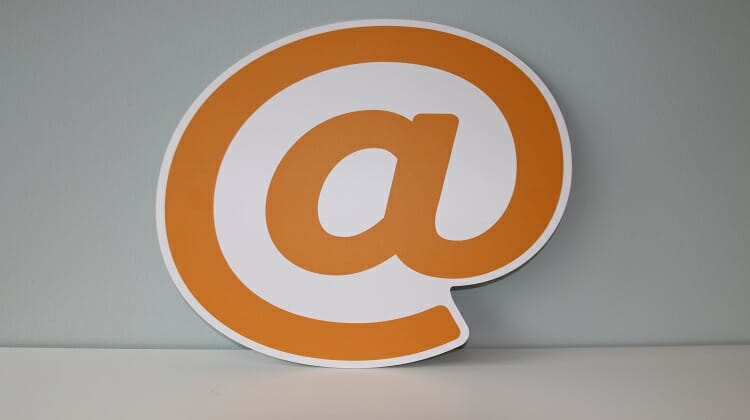When you’re dealing with email for your business, there are 3 primary sorts of accounts you may pick from. The following are examples:
- Microsoft Exchange (or other web-based email systems)
- IMAP
- POP
Each one is slightly different so let’s look at how each one works and the advantages and cons of each email system.
POP
POP is the sort of email that has been around the longest and is the first form of email that we are going to discuss. POP is an abbreviation that stands for “Post Office Protocol.” This protocol was created to enable desktop email clients like Apple Mail on Mac and Outlook on Windows to connect to email services and remotely send and receive emails.
As is the case with the majority of things, POP has developed through time, and several versions of it have been created. The most extensively used of them is POP3. The initial version of POP was produced in 1984 and the most popular version POP3 was launched in 1988. That makes it more than 30 years old, which is considered quite old in terms of technology.
Your email client, which may be Outlook, Apple Mail, or Thunderbird, is used to perform the function of downloading email data in order for POP email to function.
POP will communicate with your email provider in order to get all of the most recent messages and save them to your email client. When the mails have been successfully downloaded into your own computer or Mac, the email provider will erase them. This indicates that in order to view the email after it has been downloaded, you will need to use the same computer that was used to download the mails.
When you use POP3, one of the advantages is that it is simple to set up, but one of the disadvantages is that messages are not synchronised, which means that you cannot read them or refer to them on several devices at the same time. When the email has been successfully downloaded, it is removed from the server. In the same way that mail messages cannot be synchronised using POP3, neither can information about contacts or calendar events. It’s possible that this is not the best solution for modern consumers who have access to a variety of devices.
IMAP
After POP, a more recent version of the email format known as IMAP was developed.
IMAP is another acronym that stands for Internet Message Access Protocol and is similar to POP in that regard.
IMAP email has several benefits over POP email due to its capacity to engage in two-way communication with the email server. As a result, users are provided with the chance to synchronise their inboxes on several computers and mobile devices.
This indicates that you may be able to access your email through a web browser by going to the website of your email provider and logging in, such as Yahoo.com, Hotmail.com, or Gmail.com. Additionally, you may be able to download the email to a variety of devices, including a personal computer and a mobile device. You would have access, across all platforms, to the same information, messages, contacts, and calendar events if you used this strategy, which would provide you with more convenience and practicality.
If you deleted a message on one device or moved it to another folder, such as marking a message as junk, it would be replicated and synched onto all of your inboxes, including those on your iPhone, desktop client, and web portal. This would be the case regardless of whether you deleted the message on the device itself or moved it. IMAP is also very easy to set up and use, just like POP was.
In comparison to POP, Internet Message Access Protocol (IMAP) necessitates more processing power and has a greater potential for error when it comes to synchronisation.
The synchronisation of messages can lead to confusion when numerous users use the same IMAP account, and certain email service providers do not support the IMAP protocol.
Exchange hosted by Microsoft
When compared to IMAP and POP3, Microsoft Exchange is the most sophisticated of these three options and is the one that most closely matches the needs of today’s enterprises.
The Exchange protocol was developed so that email clients and email services may synchronise their emails, contacts, calendars, and a variety of other capabilities with one another.
Microsoft Exchange permits the complete synchronisation of email messages, even if such messages can also be saved on the email server. Email applications for mobile phones all support Microsoft Exchange, and the user’s contacts, calendars, and other data may be synchronised across all of their devices.
Hosted Exchange, which is Microsoft Exchange, is also readily available through Office 365 and may be accessed with ease. This indicates that it is hosted in the cloud by Microsoft, and the fee for using it is calculated on a per-mailbox, per-month basis. In the grand scheme of things, this works out to be rather inexpensive, and it may be less expensive than purchasing and operating your own servers. On the other hand, Microsoft Exchange may also be installed locally on a company’s own servers, which is an option that is available to companies.
It is possible for Microsoft Exchange to have synchronisation problems on occasion, however these instances are extremely uncommon and far less frequent than they are with IMAP.
Cloud-based email does have a number of advantages over more typical onsite email settings in general.
We will look at some of the advantages below.
- Because you do not need to manage and support your own email servers, there will be less work for your IT department to undertake, which will result in cheaper expenses.
- Cloud services are also adaptable to the changing requirements of your company and may be rapidly scaled up or down to meet those requirements. When you have your own servers, this becomes a far more challenging task.
- Because providers of cloud-based email maintain their products current with the most recent advancements in the fight against cybercrime, users also have far less reason to be concerned about the security of their email.
- While the service-oriented model will offer you hardware and software solutions and then have a tendency to forget about you afterward, the cloud-based service will need to continually enhance its service in order to prevent you from cancelling your subscription and moving your business elsewhere.
It is in your best interest to get in contact with an experienced IT support provider for direction if your company is seeking for assistance with email and wants to understand which of the available options is the most suitable for your business.
Computers in the City, your IT partner
Computers in the City is London’s longest-standing IT partner. With over 20 years’ experience, we can assist you to meet your IT support, consulting and cloud computing needs. We’re proud to be local, offering 24-hour support in straightforward language that takes the stress out of IT support.

